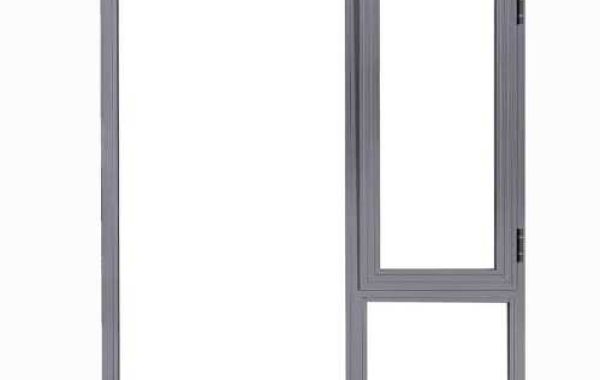In the quest for buildings that are both safe and comfortable, the role of the Fire Resistant Window cannot be overstated. These windows are specifically designed to provide a barrier against the devastating effects of fire, but their functionality extends beyond mere fire safety. The question of how Fire Resistant Windows affect the thermal insulation and, consequently, the indoor temperature of a building is a pertinent one. This article delves into the various aspects of Fire Resistant Windows' heat insulation properties and their impact on the thermal comfort within a structure.
Firstly, it is essential to understand that Fire Resistant Windows are constructed with materials and technologies that prioritize their primary function: to resist fire. This often involves the use of glass that is either tempered or laminated, which can withstand high temperatures without shattering. The frames of these windows are typically made from steel or other metal alloys that have high melting points, ensuring that the window remains intact during a fire.
However, the very properties that make Fire Resistant Windows effective in fire scenarios also contribute to their heat insulation capabilities. The glass used in these windows is often thicker than that of standard windows, which can help to reduce heat transfer through the window. Additionally, the use of laminated glass in some Fire Resistant Windows can provide an extra layer of insulation, as the interlayer material can act as a thermal barrier.
The frames of Fire Resistant Windows also play a role in their heat insulation properties. Steel frames, for example, can conduct heat, but when combined with thermal breaks or insulation within the frame, they can be made to minimize heat transfer. This is crucial in maintaining the overall thermal performance of the window system.
It is also important to consider the glazing options available for Fire Resistant Windows. Double or triple glazing can significantly enhance the window's thermal insulation, as the air or gas-filled space between the panes acts as an insulator. This can help to reduce heat loss in colder climates and prevent excessive heat gain in warmer climates, thereby contributing to a more stable indoor temperature.
The installation of Fire Resistant Windows can also impact their heat insulation performance. Proper sealing and fitting are essential to prevent drafts and ensure that the window is airtight. This not only helps to maintain the indoor temperature but also contributes to the overall energy efficiency of the building.
While Fire Resistant Windows are primarily designed for their fire safety features, their heat insulation properties are a significant secondary benefit. However, it is crucial to select the right type of Fire Resistant Window for a specific application, taking into account factors such as the climate, the building's energy efficiency goals, and the desired level of thermal comfort.
In conclusion, Fire Resistant Windows offers a dual advantage of providing both fire safety and thermal insulation. Their impact on indoor temperature is influenced by the materials used, the glazing options, the frame design, and the installation quality. By understanding these factors, architects and building owners can make informed decisions to ensure that their Fire Resistant Windows not only protect against fire but also contribute to a comfortable and energy-efficient indoor environment.








